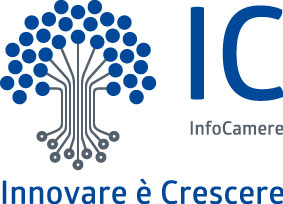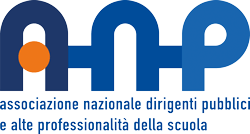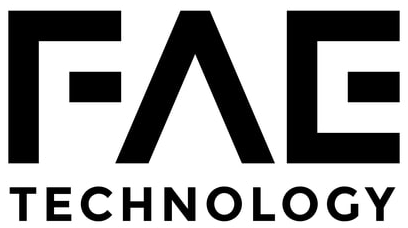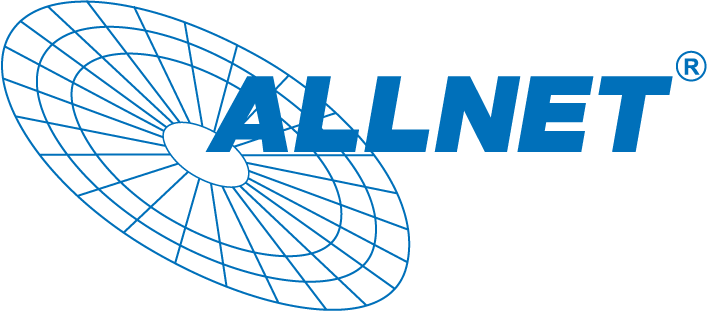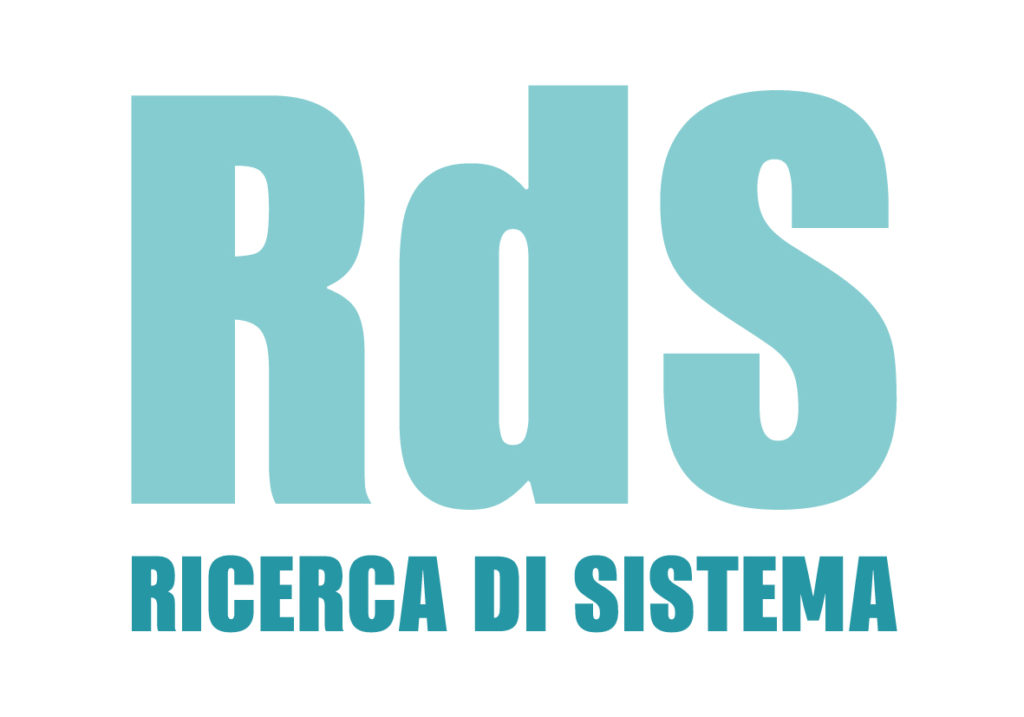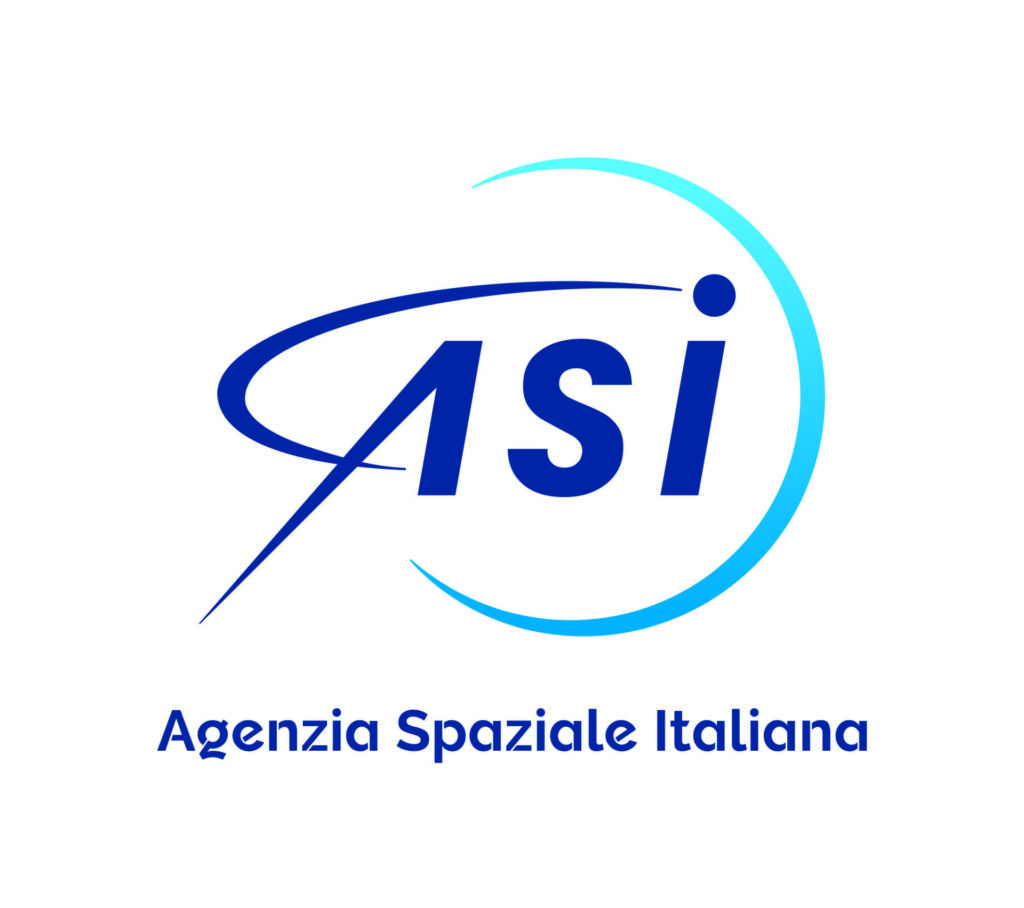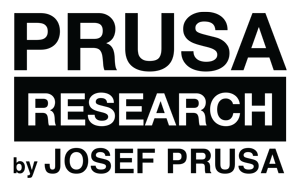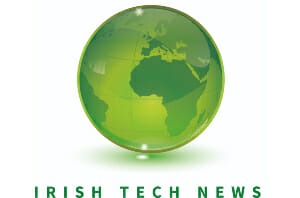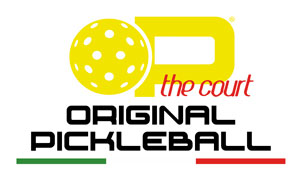repurposing plastic or using recycled one in everything from household items to vehicles
Engineers are turning single-use plastics such as PPE and Covid tests into hospital wards, cars and household goods
source: KIA & National Geographic
Covid-19 affected people and the planet in myriad ways, but one impact set to long outlive most of us who survived the pandemic is the plastic waste it generated.
A study has found that by August 2021, more than 8 million tons of pandemic-associated plastic waste had been generated globally, with more than 25,000 tons— the equivalent of 2,000 double decker buses—entering the global ocean.
Even more worryingly, the scientists behind the statistics predict that, by the end of the century, almost all pandemic-associated plastics will end up on the seabed or beaches.
Global plastic problems worsen during the pandemic
While the global plastic waste problem has long been out of control, Covid-19 has intensified our use of single-use plastics, pushing the issue to new heights. The waste includes test kits and personal protection equipment (PPE) such as masks and gloves, the vast majority of which comes from hospitals, rather than individual use. The bulk of global discharge is from Asia (72%),
Awareness of the scale of the planet’s waste problem is growing, with governments in many countries ramping up recycling programs. Businesses around the world are also increasingly incorporating the use of recycled materials into their products.
Recycling and repurposing is the way
Recycled plastics are now also used in everything from packaging materials to bags, furniture, plant pots and even curbstones.
Product designers, scientists, engineers and architects are taking inspiration from the natural world, including the ocean ecosystem, where waste is integrated back into the cycle of life. Likewise, the circular economy brings waste back into the system, in a closed loop. This stands in opposition to our current model of take, make, and throw away.
Biomimicry: let’s learn this concept, it may change it all
Biomimicry—solving complex human problems through the emulation of the models, systems, and elements of nature, such as the ocean—has inspired engineering innovations in the fields of robotics, medicine, infrastructure and energy.
“We must find second lives, or third lives, for waste plastics and other materials now polluting our oceans and land,” says structural engineer and architect Arthur Huang, whose recycling studio, Miniwiz, built the nine-story EcoARK building in Taipei from 1.5 million recycled plastic bottles and recently created a hospital ward from upcycled materials. “Our economy should produce zero waste—that’s the ultimate role of biomimicry.”
Changing the way we think about waste
There is a long way to go, however. Research shows that less than 10 percent of plastic waste has ever been recycled, in large part due to industry mismangement, with much of it ending up in landfills or incineration plants.
Many developed countries continue to ship their waste elsewhere for processing, which has a larger carbon footprint than recycling locally. Shipped items can also become contaminated during this process, making recycling more challenging.
“We must cut back on plastic waste generation and increase the amount we capture and manage properly,” said National Geographic Explorer Jenna Jambeck, commenting on her paper tracking the movement of plastic waste from land to sea, published in Science.
“By changing the way we think about waste, valuing the management of it, collecting, capturing and containing it, we can open up new jobs and opportunities for economic innovation, and in addition, improve the living conditions and health for millions of people around the world and protect our oceans.”
The Kia solution
South Korean car manufacturer Kia plans to increase the share of recycled plastic in its vehicles to 20 per cent by 2030.
Currently, it is helping to tackle ocean plastic waste by partnering with organizations that collect waste from the oceans. The company also invests in recycled materials research, and incorporates recycled materials in its car parts, including in models such as the new Niro and the EV6. The recycled materials are found, for example, in the floor carpet and the material on the ceiling, and in interior plastic parts and textiles.
Kia Niro I courtesy: Kia Motors
Besides, the company has recently signed a seven-year Global Partnership with The Ocean Cleanup, a non-profit organization that develops and scales technologies to rid the world’s oceans of plastic. Kia will be providing funds and in-kind contributions for ocean operations and for construction of ‘Interceptor Original’ river cleaning devices. Through this partnership, Kia intends to integrate recycled ocean plastic harvested by The Ocean Cleanup into its value chain process
Other initiatives around the world
Other initiatives around the world that recycle clinical waste include the Thermal Compaction Group’s SteriMelt machine, which is now in several UK hospitals. The machine sterilizes and melts protective masks, wrappings and drapes into reusable plastic briquettes.

Also UK-based, ReFactory holds PPE in “quarantine” for 72 hours, before shredding, washing and then layering it. The plastic is then heated to over 200°C (392°F) and pressed into solid boards that can be used in construction, joinery and shopfitting.
Maker Faire Rome – The European Edition has been committed since its very first editions to make innovation accessible and usable to all, with the aim of not leaving anyone behind. Its blog is always updated and full of opportunities and inspiration for makers, makers, startups, SMEs and all the curious ones who wish to enrich their knowledge and expand their business, in Italy and abroad.
Visit Maker Faire Rome on October 7-9 at Gazometro Ostiense in Rome. Info & tickets: https://makerfairerome.eu/it/biglietti/














